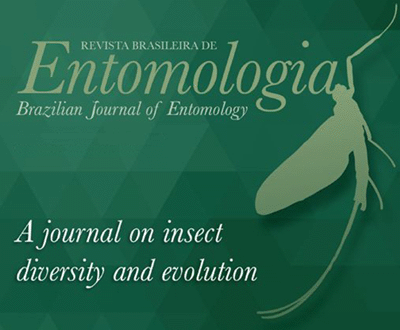Espécimes de flebotomíneos foram capturados nos anos de 1982 a 2005, em ambientes domiciliares e florestais de 47 municípios, com uso de armadilhas luminosas CDC. Foram encontradas 91 espécies, sendo quatro pertencentes ao gênero Brumptomyia e 87 ao gênero Lutzomyia, distribuídas nos seguintes subgêneros: Evandromyia (6), Lutzomyia (5), Micropygomyia (2), Nyssomyia (9), Pintomyia (2), Pressatia (3), Psathyromyia (6), Psychodopygus (14), Sciopemyia (4), Trychophoromyia (2), Viannamyia (2); grupo de espécies: Aragaoi (2), Baityi (1), Dreisbachi (1), Migonei (12), Oswaldoi (8), Pilosa (1), Saulensis (2), Verrucarum (4) e não agrupada (1). A diversidade de espécies foi maior nas áreas de floresta estacional perenifólia densa (52 espécies), floresta ombrófila (31) e cerrados meridionais (23), sendo menor nas áreas de matas mistas (floresta com babaçu, cerrado e caatinga). O maior índice de similaridade foi observado entre a restinga e a floresta estacional perenifólia aberta (J = 0,48). A floresta estacional perenifólia densa apresentou maior similaridade com a floresta ombrófila (J = 0,38). A fauna de flebotomíneos mostrou-se rica e distribuída de maneira heterogênea no Maranhão, concordando com a complexidade fitogeográfica do Estado, que se manifesta na riqueza de ecossistemas e de zonas climáticas.
Amazônia; Cerrado; Cocais; Phlebotominae





